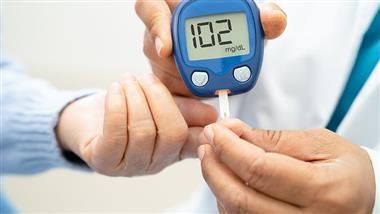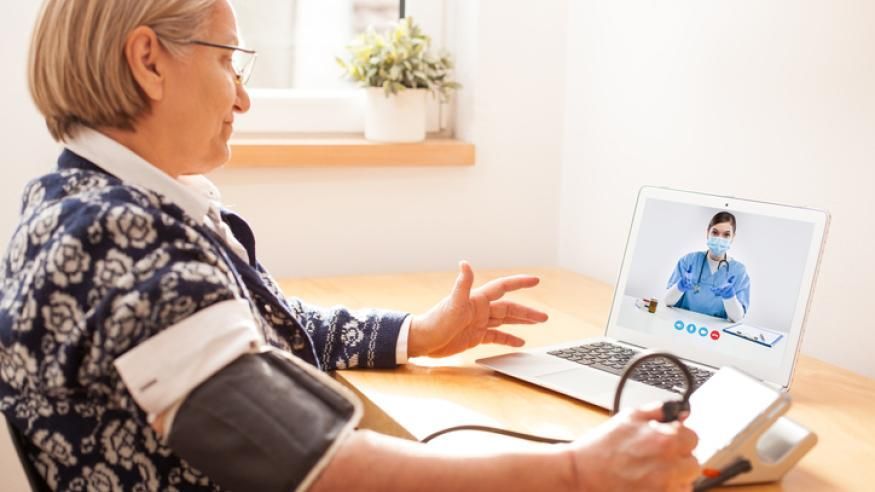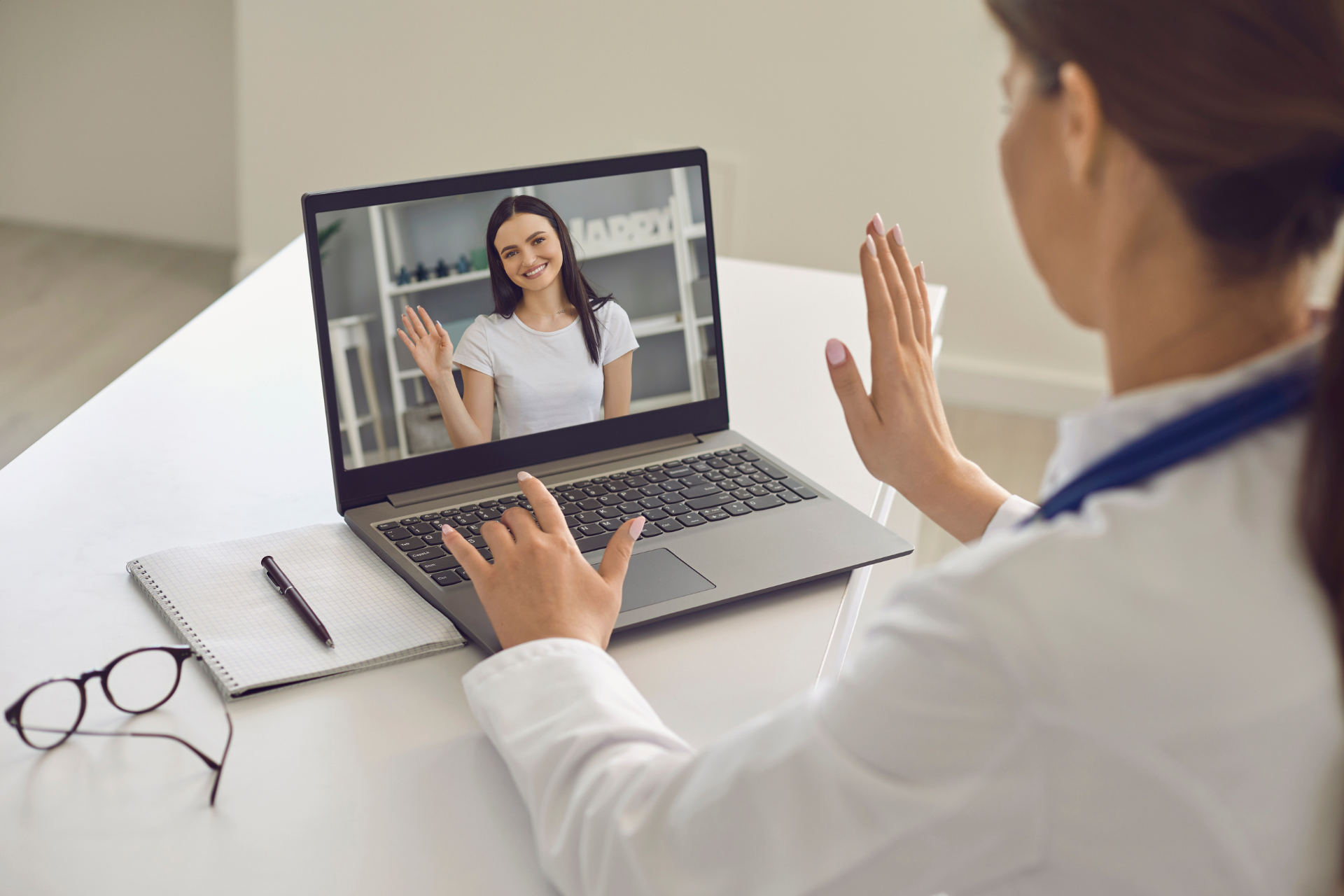4 Tips for Keeping Your Glucose in Range While Traveling
Lauren Bongiorno, a diabetes coach and person living with type 1 diabetes, shares her top strategies for managing diabetes while traveling or stepping outside your daily routine.
This summer I traveled to Italy, Croatia, Chicago, Newport, Montauk, as well as the American Diabetes Association conference in San Diego. It’s been a lot of driving, flying, eating out, walking around, enjoying a few drinks, and not having a normal sleep schedule. It’s been the kind of summer where I’ve been more out of routine than in routine.
While I’ve been traveling all over the place, my blood sugars haven’t. I’ve maintained an 86 percent time in range throughout the summer and, to be honest, part of me is surprised by that. I wasn’t staring at my continuous glucose monitor (CGM) 24/7 or eating salad all day – I was having fun and enjoying life.
Years ago, this would have been a different story. I would have either taken a “vacation” from my diabetes and not made it a priority, or I would have remained hyper-vigilant about my numbers. Over my 20 years of living with type 1 diabetes, I’ve learned that neither of those approaches allows me to feel fulfilled in my life, health, or relationships.
Finding that middle ground between enjoying yourself and being present while also not being on a blood sugar roller coaster is really challenging. So, I'm going to share five practical tips to consider when you’re traveling or going out of your regular routine so you can feel less stressed and still be consistent with your diabetes care.
All of these strategies have helped me enjoy spontaneous dinners out, late weekend nights, and vacations while still maintaining a time in range that exceeds 80 percent and an A1C below 6 percent. These are some of the foundational principles that have helped people with diabetes we’ve coached at Risely Health realize that freedom and flexibility are possible for all of us with the right tools and knowledge.
1. Bring anchors with you
There’s a difference between having rituals to ground you and clinging to a strict routine. Sometimes if we are too rigid in our routines, we aren't able to go with the flow and enjoy our experiences.
However, we can develop habits that can act as anchors wherever we go and create a nice balance for ourselves. Think of an anchor as something from your normal routine that you can easily take with you when you’re traveling to help you feel good.
I like to break anchors up into three categories: nutritional, routine, and intentional blood sugar anchors.
- Nutritional anchors: Bring snacks that you know support your blood sugar. I either bring some from home or go to a grocery store as soon as I get where I’m going to stock up. I always try to incorporate some sort of vegetable with my meals or snacks. Taking along a water bottle is another good idea to help keep you hydrated.
- Routine anchors: What elements of your usual routine could you bring with you even on vacation? Some ideas include morning movements like yoga or stretching, drinking water right when you wake up, walking instead of ride-shares or public transport, and five minutes of meditation or deep breathing.
- Intentional blood sugar anchors: What tools do you want to make a priority so that you can enjoy your experience? One example is committing to pre-bolusing. Another is indulging in more meals or activities during the day so you’re numbers will still be in range overnight and you wake up feeling well rested.
2. Be okay with asking for what you need and taking space
When we're out of routine and with other people, sometimes it can feel like we don't have control. For example, the timing of meals and activities might not be ideal for people with diabetes.
It’s natural for us to want to keep our diabetes needs to ourselves, whether it’s because we don’t want to “make a big deal” or don’t like to draw attention to ourselves. But the truth is, everyone’s experience is better when we ask for what we need. That might be ordering a salad when everyone else is ordering pizza, taking a walk when others are lounging, or eating a snack when the group isn’t having dinner until later.
You know what you need in order to take care of yourself, which allows you to be present and enjoy your experience. When you try to push diabetes out of the picture to appear more easygoing, you’re only creating more of an inconvenience for yourself and taking energy and attention away from the people you’re with. Don’t hold back from advocating for your needs.
3. Understand your blood sugar patterns to get ahead
For anyone living with diabetes, knowing what factors will impact your blood glucose is key. Here is a mini checklist I like to keep in mind:
- Foods high in carbs or fat
- Alcohol (will this lead to possibly eating later?)
- Environmental factors like extreme temperatures, humidity, and elevation (will you be spending time in a pool, hot tub, or at the beach?)
- Sleep (will you be staying up later or sleeping in?)
- Physical activity (will you be more or less active than usual?)
Focusing on how these factors have impacted insulin sensitivity and insulin resistance in the past can help you be more proactive about glycemic control in the present and future. For example, what patterns do you notice with your blood sugar when you drink alcohol? How do you normally handle bolusing insulin for a meal when you eat late versus earlier? Get curious about what’s happened in the past and what you can do differently to get a more desired result.
4. Aim for what's in reach
There isn’t anyone with diabetes who can jet set somewhere and maintain perfect numbers. There will be fluctuations in your blood sugar. We have to accept that we might have a lower time in range compared to our normal, everyday routine.
The goal is to still feel good so that you can enjoy whatever you’re doing. So, if you usually have 50 percent time in range when you travel, aim for 55-60 percent and consider that improvement a win.
The bottom line
Many people with diabetes love routine. The easy solution would just be to stay in your routine. But as humans, we crave variety, and if we’re not getting enough of it, we may feel down or unfulfilled. Adding things like travel and spontaneous activities into your life can help spark joy, and that is as much a part of your well-being as hitting a target A1C.
Know that with a shift in routine comes a necessary shift in mindset. Rather than feeling that you don’t want to be bothered by diabetes when you’re out of routine (because let’s be honest, you will end up thinking about it regardless), try staying in the present moment.
Being present will not only help with managing your diabetes but will also allow you to enjoy whatever trip or experience you’re partaking in. Next time you’re doing something different, come back to these tips and see if you can optimize your experience and overall health.
Credited: [Author: Lauren Bongiorno], [Source: diaTribe Learn MAKING SENSE OF DIABETES], [Site: https://diatribe.org/]
Healthy Bites















